Click↑↑Technical Training, follow and pin it to subscribe for free long-term
180,000+Industrial control professionals follow this WeChat platform: Technical sharing, learning exchange, industrial control videos
Introduction
The principles of electrical circuit control and PLC control are interconnected. Naturally, electrical control can be more conveniently and efficiently interpreted through PLCs. So how is the electrical control circuit specifically generated? How is it converted into a ladder diagram, and then transformed into logic instructions controlled by PLCs? To illustrate this process more clearly and intuitively, we will take the simplest example: the button interlocking forward and reverse control circuit.
1. Electrical Control Section
1. Reason for introducing the button interlocking forward and reverse control circuit

2. Main circuit of button interlocking forward and reverse control
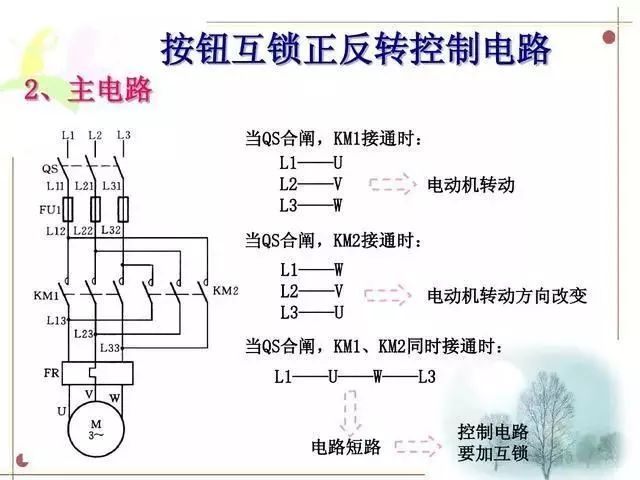

3. Control circuit of button interlocking forward and reverse
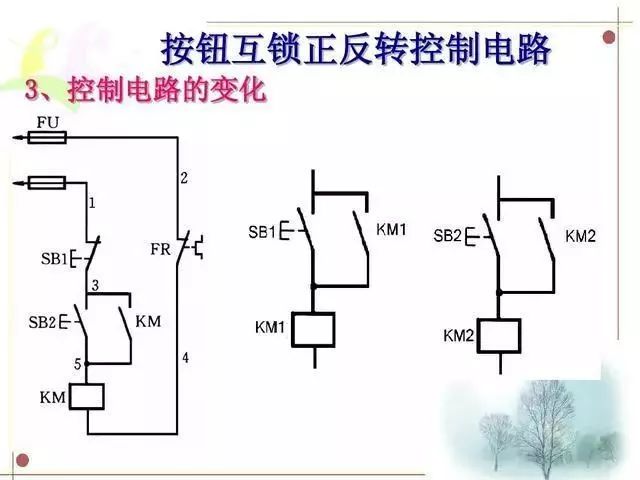
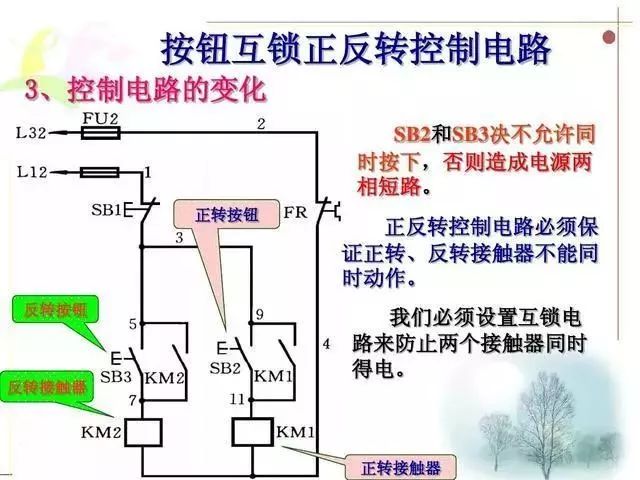
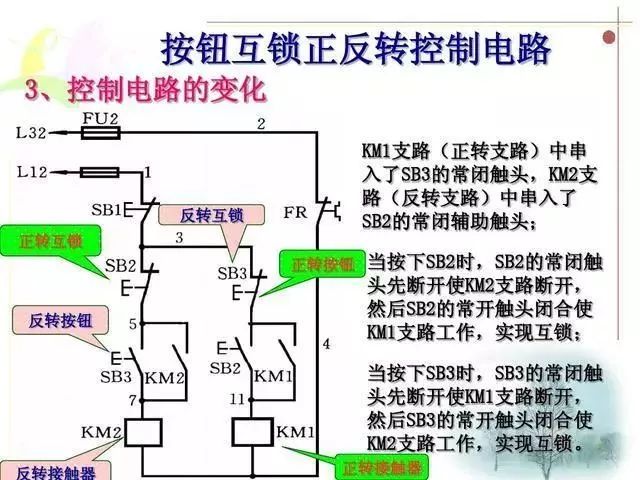
4. Functions of components in the button interlocking forward and reverse control circuit
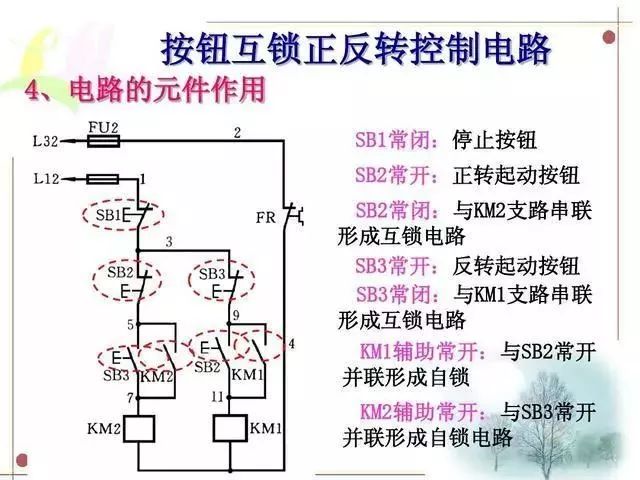
5. Working principle of the button interlocking forward and reverse control circuit
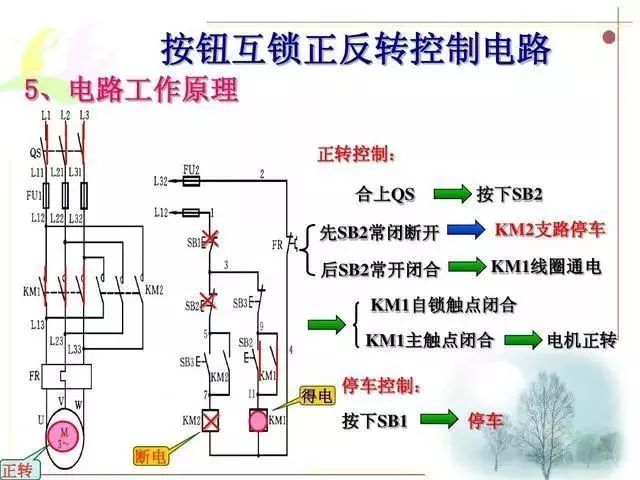
6. Various protective measures for the button interlocking forward and reverse control circuit
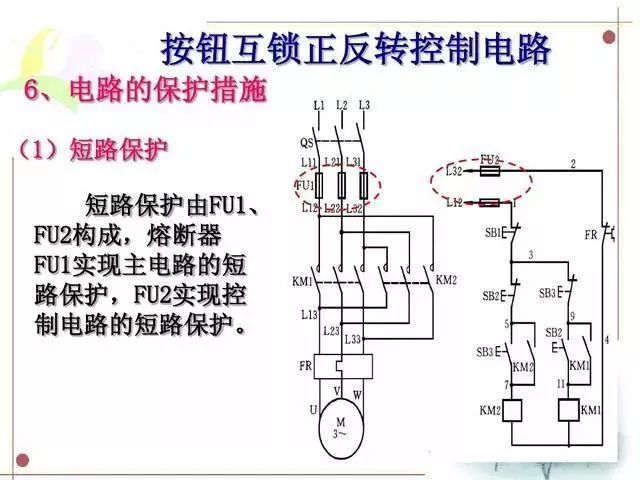
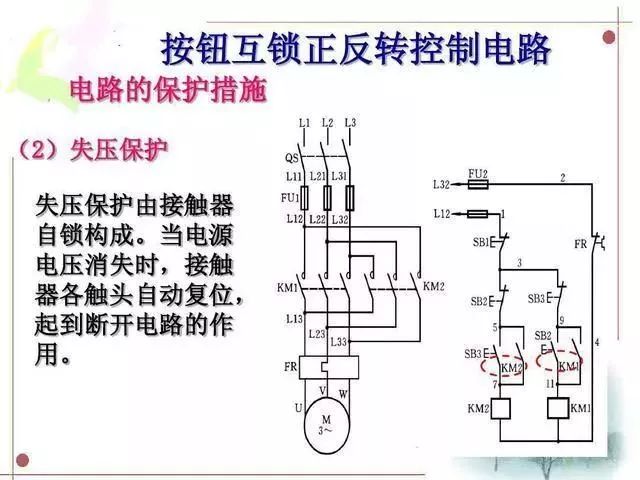
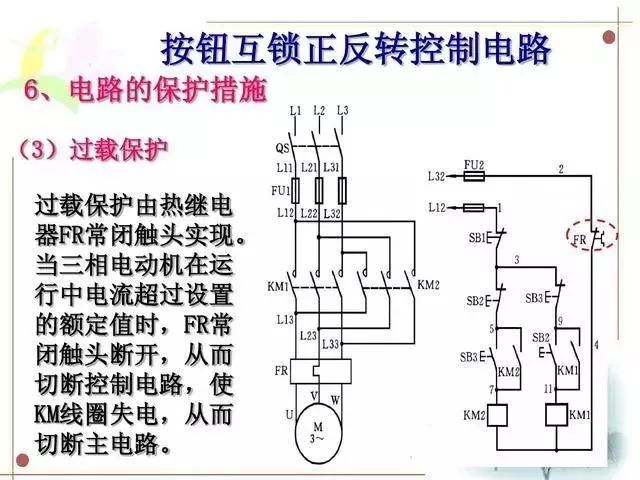
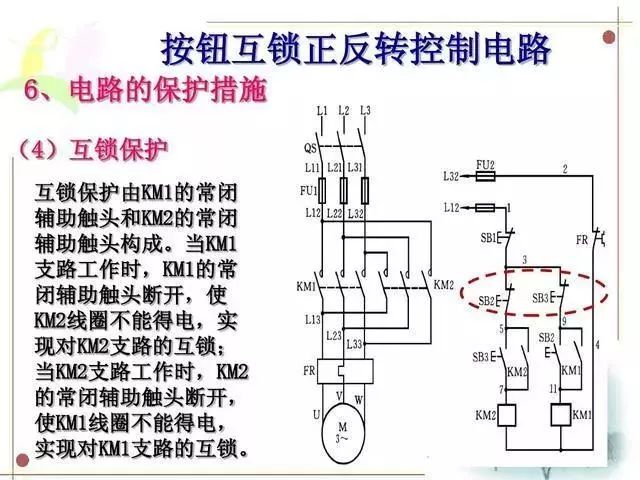
7. Advantages and disadvantages of the button interlocking forward and reverse control circuit
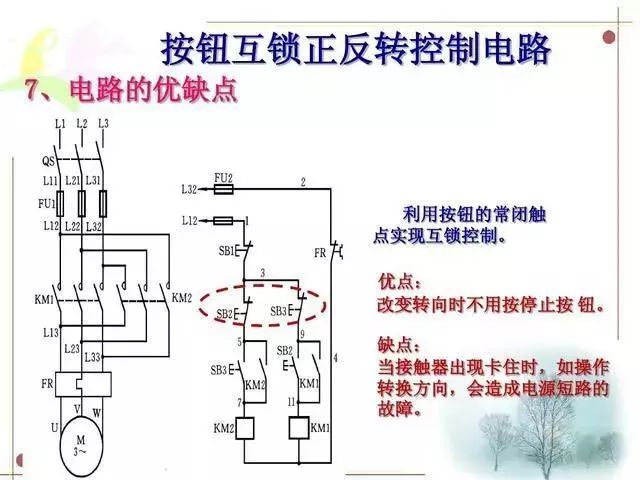
8. Physical wiring diagram of the button interlocking forward and reverse control circuit
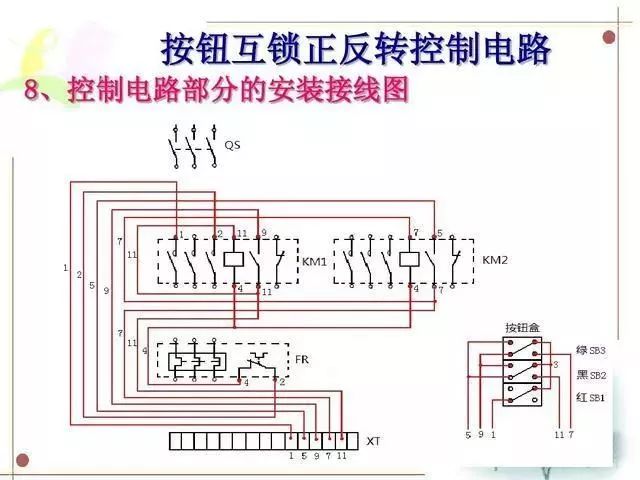
2. PLC Conversion Section
1. I/O allocation design
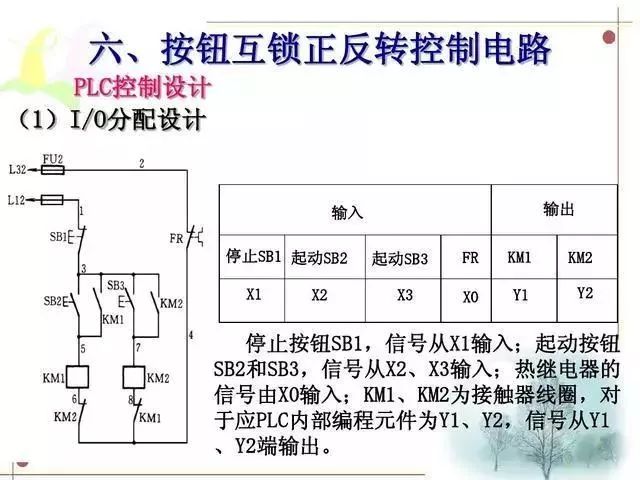
2. PLC hardware connection, external wiring
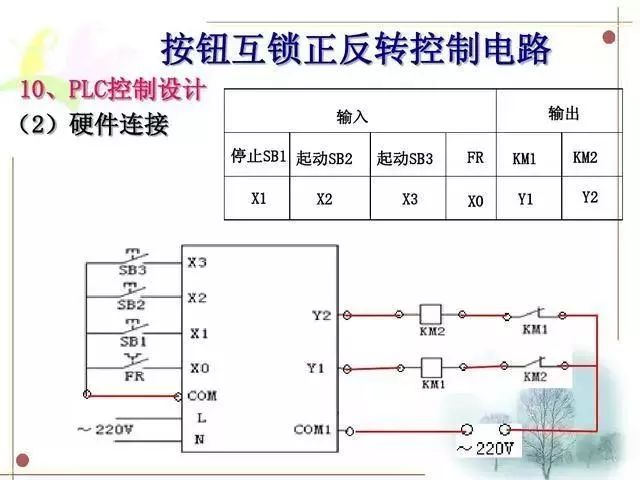
3. PLC ladder diagram
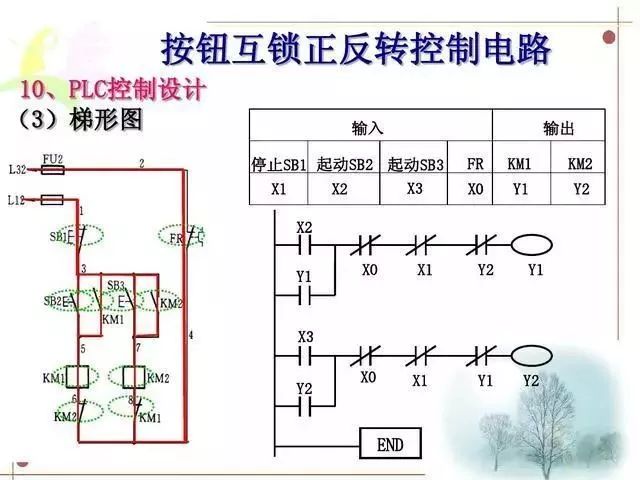
4. Logic instructions converted from the ladder diagram
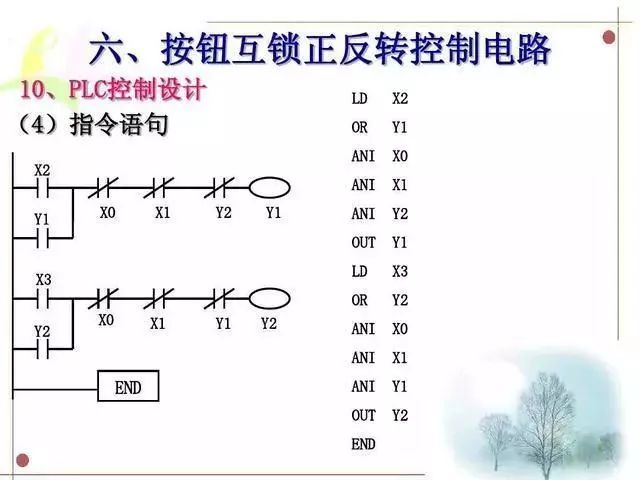
The electrical control circuit is the foundation for PLC functionality. Familiarity with circuit diagrams is essential for beginners in PLCs! The conversion of circuit diagrams to logic instructions can be analyzed step by step during learning, progressing from simple to complex, with a similar analytical method.
Source: Internet, copyright belongs to the original author, please delete if infringing
 If you like it, remember to click to see
If you like it, remember to click to see
Click↓Read the original text, for more free learning on electrical engineering and PLC!